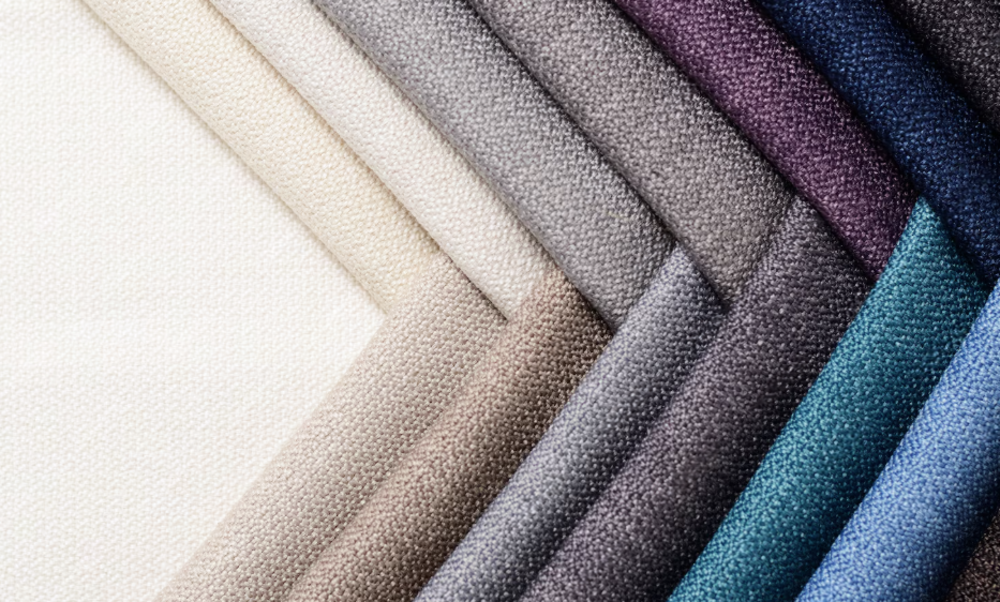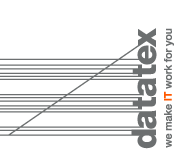
Digital Transformation in the Textile Industry: Where We Are, Where We’re Going
Interview with Gaetano Tonello – Datatex Head of Delivery Italy
 GAETANO TONELLO – Datatex Head of Delivery Italy
GAETANO TONELLO – Datatex Head of Delivery Italy
From the standpoint of technological progress and digitalization, what major innovations have revolutionized the textile industry in recent decades, from early management software to modern textile machinery, and including Artificial Intelligence solutions for production control, document management, or market forecasting? Which products have had the greatest impact?
In my opinion, considering the past thirty years, the greatest impact on the textile world has come from the technological evolution of machinery and production lines.
Starting in the second half of the 1990s, a historic process began, marked by significant technological advancement in the field of textile machinery. This process has transformed the textile industry and represents, in my view, the true turning point for the sector.
Machines have become more efficient, equipped with new functions and options, faster, and easier to program, control, and operate. This means that the skills and experience of human workers in textile production have become less critical than in the past.
High-level expertise has increasingly shifted upstream to machine manufacturers. In this regard, Europe—particularly the German-speaking countries—remains at the forefront and continues to host world-leading companies, with Japan as the only notable exception in certain sectors such as inkjet printing.
However, regarding textile production (spinning, weaving, dyeing), since the decisive factor has become owning state-of-the-art machinery rather than having highly skilled and experienced personnel, the geography of the industry has shifted significantly. There’s been a trend toward relocating to areas far from traditional Western textile hubs, leading to a decline in those regions in favor of Asian and more recently African production zones. These countries are increasingly attractive for investment by both local entrepreneurs and European and American players.
This evolution fits within broader trends of globalization and offshoring, which began well before the 1990s for various reasons but received a major boost from the rise in machine technology in the late 20th century.
This concerns the textile sector specifically. As for garment production, machinery makes less of a difference, and manual labor remains essential. Thus, clothing manufacturing remains cost-effective in countries with lower labor costs, primarily in Asia and Africa. Consequently, we see both a reduction in workforce and a shift of the textile sector to Asia and Africa, and at the same time, a relocation of garment manufacturing to the same regions—without a reduction in workforce.
Meanwhile, over the past thirty years, continuous advancements in robotics and industry-specific software have led to the emergence of automatic and semi-automatic warehouses. These have further reduced the need for specialized staff, revolutionizing logistics in the textile supply chain and highlighting the need for adequate space and software solutions.
Only the luxury and high-end textile sectors remain partially immune to these trends. In these areas, human skill and craftsmanship are still crucial, allowing centers of excellence to continue thriving and competing in Europe’s historical textile districts.
What do you see in the future of the textile industry? Looking into a crystal ball: which innovations—especially in terms of process digitalization and work activities—will have a significant impact on textile production in the future?
The technological advancement in machinery, which has already transformed and continues to transform the textile world, seems to me to have reached a point of stabilization. I believe the most impactful innovations for the present and near future have already emerged.
For the medium and long term, I believe Artificial Intelligence will have a growing impact: in designing textile products (models and patterns), in CAD areas, which will become increasingly innovative, in strengthening PDM (Product Data Management) solutions, planning, and logistics.
I am less convinced that AI will have a significant impact on textile production or garment manufacturing in the strict sense.
Datatex has been the international software reference for textile companies since 1987. How have Datatex’s products and services evolved over time, and what do you see as the most interesting and innovative aspects of our current offering?
Today, I believe it’s important to highlight a major strength of our offering: the BREADTH of the solutions and services we are able to provide.
The QUALITY of Datatex products—especially our NOW ERP—is backed by forty years of service to the textile industry worldwide, a journey that has led us to having clients in 46 countries.
But beyond quality, our offering now also stands out for its breadth and, I would say, comprehensive technical and product coverage—especially since September 2023, when Datatex became the lead company in TSG – Textile Solutions Group, a European holding company specializing in vertical IT solutions for the textile industry.
TSG includes not only Datatex but also:
- Setex (a leader in textile machinery control systems);
- Penelope (a leading company in CAD solutions for fabric design, production, and simulation);
- Gea Soft (specialized in software for leather goods, footwear manufacturers, and fashion brands);
- Limonta Informatica (a key reference for Italian textile SMEs).
Today, thanks to the synergy with its “sister” companies in TSG, Datatex is truly capable of offering 360-degree coverage, at the highest level, of all the needs of textile companies.

